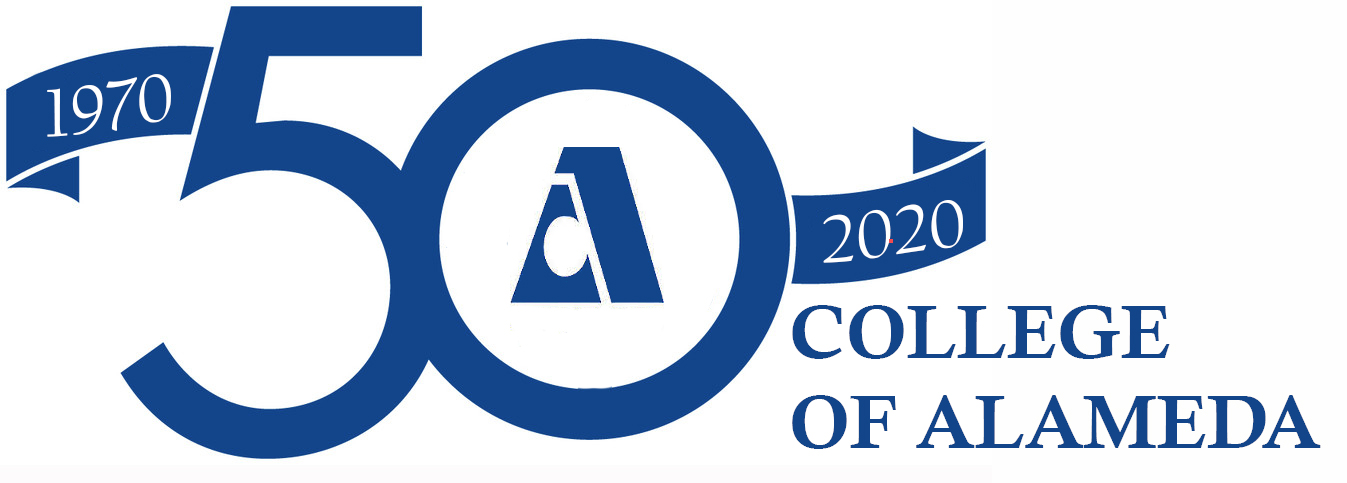General Chemistry 1A
Description:
Chem 1A is a one semester mostly online college general chemistry course. Atomic structure, the periodic table, molecular structure and bonding, chemical reactions, the mole concept, stoichiometry, gas laws, thermochemistry, solutions, colligative properties, equilibrium, and phase diagrams will be addressed. 12 to 14 chapters will be covered in 16 weeks (or almost 1 chapter per week). Problem solving and critical thinking skills are emphasized in addition to learning the language of chemistry.
The listed bold chapters below from Macmillan Achieve Interactive General Chemistry will be covered for sure in Chem 1A. Other topics may be covered as time permits.
- Chapter 1 Science & Measurement
- Chapter 2 Atoms and Periodic Table
- Chapter 3 Compounds and the Mole
- Chapter 4 Chemical Reactions & Aqueous Solutions
- Chapter 5 Stoichiometry
- Chapter 7 Gases
- Chapter 8 Quantum Model of Atom
- Chapter 9 Periodicity & Ionic Bonding
- Chapter 10 Covalent Bonding
- Chapter 11 Molecular Shape and Bonding Theories
- Chapter 6 Thermochemistry
- Chapter 12 Liquids and Solids
- Chapter 13 Solutions
- Chapter 15 Chemical Equilibrium (if there is time).
- Chapter 16 Acid Base Theory (if there is time).
Logistics:
- Instructor: Peter Olds (peter.chem1a.coa@gmail.com)
- Lecture: Mo 6:00 to 8:50 pm (20681) attendance required in D-119, COA main campus.
- Virtual lab and problem solving sessions: Mo We 2:00 to 4:50 pm (20682) attendance required on Zoom.
- Office hours: After lecture or lab and TBA
Required Course Materials:
- Laptop computer with broadband internet access at your home. See these system requirements for Achieve.
- MacMillan Achieve Interactive General Chemistry account. Downloadable installation slides.
- Beyond Labz account. See instructor for access code.
- Laboratory notebook with blank graph paper.
- Cheap scientific calculator (graphing calculators and cell phones are not allowed during quizzes and exams).
- Molecular Model Kit available on Amazon.
- Graphics tablet for paperless problem solving, drawing molecules, whiteboard sharing etc. available on Amazon.
Safety Note: Full vaccination against Covid-19 is required for this course. See Peralta Student FAQ here: https://safe.peralta.edu/faq-for-students
STUDENT LEARNING OUTCOMES ADDENDUM
Course Number: Chem 1A
Course Title: General Chemistry
| Course Level Student Learning Outcomes
1. Solve quantitative chemistry problems demonstrating clear reasoning, integrating multiple ideas in the problem solving process, and checking results to make sure they are physically reasonable. 2. Describe and explain chemical concepts plus trends qualitatively. Use molecular scale models/descriptions to qualitatively explain laboratory scale physical and chemical properties. 3. Safely carry out chemistry experiments in the lab, accurately recording observations and data in a laboratory notebook. Clearly report interpretations, analysis of results, and conclusions in laboratory reports. |
Assessment Methods
Biweekly tests, a mid-term exam and a final exam will be given to assess typical Chem 1A level quantitative reasoning ability including including equilibrium, thermodynamics, kinetics, electrochemistry and nuclear chemistry problems, etc. Biweekly tests, a mid-term exam and a final exam will be given to assess typical Chem 1A level explanation ability includproperties and ing questions on microscopic interpretation of thermodynamic their connection with whether a process (like a chemical reaction) is spontaneous or not. Weekly experiments will be carried out in the lab, for which laboratory reports will be collected and graded the following week. 50% of the lab-report grade will address hands-on lab performance. 50% of the lab-report grade will address quality of lab report. |
